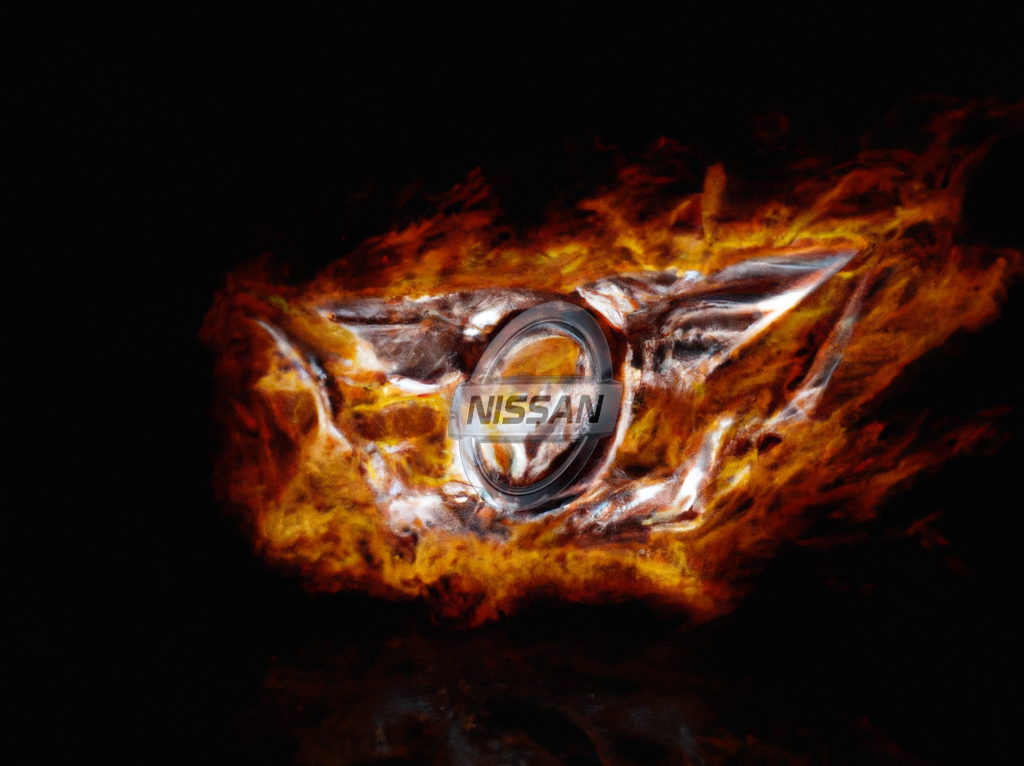
To most, Nissan is not your typical van manufacturer. Few people would think to include them on a list of people that make vans.
Sure they've had a few in the past, and they were well known for their pick-up trucks at one point but they fade in and out of the background.
But Nissan does have some history when it comes to electric vans. some clout in electric vehicles. The Nissan eNV200 has flown the flag for EV vans single handed for more than a decade
Yet history counts for little in a fast-evolving economy that’s blossomed not only during the pandemic with home-delivery and e-commerce purchases but in the recovery period post-Covid. It's time for a makeover.
While overall van sales may have been down last year – from December 2021 to December 2022 there were 20% fewer registrations – demand is still there and were it not for supply chain issues, parity or even higher levels may have been seen. Nissan on the other hand had a torrid time in the UK where its sales for light commercial vehicles in the year were down 74%, comfortably the largest single loss by all manufacturers in the recorded registrations by the Society of Motor Manufacturers and Traders. What was previously a modest 4% market share, slashed to just over 1% behind Iveco and Maxus and marginally ahead of Land Rover – all three of which have fewer products to market.
But perhaps there lies both the problem and the answer. Nissan has been undergoing something of change and 2022 could be seen as a highly transitional year for the brand. In 2021, Nissan COO Ashwani Gupta said the company was enter a new “fourth phase” in its Alliance with Renault and Mitsubishi – a simplification of the principals of sticking to what each brand knows best.
Nissan’s portfolio was trimmed and the well-known and well-liked, but by no means successful, Navara was dropped in what turned out to be a noticeable departure from the pick-up sector for several brands. Less celebrated models like the NT400 (better known as the Cabstar) were also shuffled out of the door less conspicuously. Throw in the component shortages experienced by all manufacturers and a relaunch of the names used for the entire Nissan van range in September 2021 and it’s little wonder that the visibility of the Nissan LCV range has diminished somewhat.
According to Nissan's Europe LCV manager, the name change was an effort to give the vans more character and personality, ditching the numerical patterns in favour of the previously used and recognised Primastar and Interstar badges while adding Nissan Townstar and Nissan Townstar Electric into the mix.
Even more significant changes have been announced recently with a restructuring of the Renault-Nissan-Mitsubishi Alliance. Share allocations have been changed to give Renault and Nissan a more equal footing with Renault reducing its stake in Nissan to 15% from 43.4%. Renault will place around 28% of its Nissan shares in a French trust making the two more equal partners – a contentious topic since Renault bailed out the much larger Nissan in 1999. The two firms will then move on with a 15% cross-shareholding with equal voting rights, which once approved will improve the relations and strength within the Alliance.
The next step has been to outline a roadmap to 2030 where the focus will be electric vehicles. Across all vehicle types it will see an investment of €23bn more being spent on electrification over the next five years. The result will be 35 new models by 2030. The overall aim is to simplify production, utilising common platforms. By 2026, 80% of the Alliance’s outputs will be on a shared platform, up from 60%, for 90 combined models. Of the 35 new models due by the end of the decade, 90% will be based on just five shared EV platforms and includes the LCV-EV Family platform that is the basis for the Renault Kangoo and Nissan Townstar.
There will also be a common battery strategy, with planned breakthrough battery innovations and a production capacity for 220 GWh. It also hopes to reduce battery costs by 50% in 2026 and 65% by 2028. There will be further investment in solid-state batteries, with an aim to begin production by 2028, ultimately leading to cost-parity with ICE vehicles.
While much of the outlook is focused towards car production as well as the prospect of connected vehicles through the Alliance Cloud – where more than 45 models and 10 million vehicles will be equipped with autonomous systems – the strategy for Nissan LCVs will be centred around their retail offer, meeting tougher emissions standards and catering for an increasing demand for last-mile delivery.
Although Nissan confirms that those plans don’t currently entail a return to the pick-up truck segment for Nissan, there will be a renewed focus on smaller fleets and owner drivers. While Nissan has always enjoyed success in the fleet sector, Limbert believes new products like the Townstar are best targeted at customers who will appreciate the added technology like Around View Monitor which is unique to the Nissan.
While certainly not starting afresh, it feels like Nissan now has an opportunity to pursue loftier goals in the LCV sector. Could a revitalised range be the catalyst for growth? Only time will tell but the processes and products are falling in to place for that to happen.